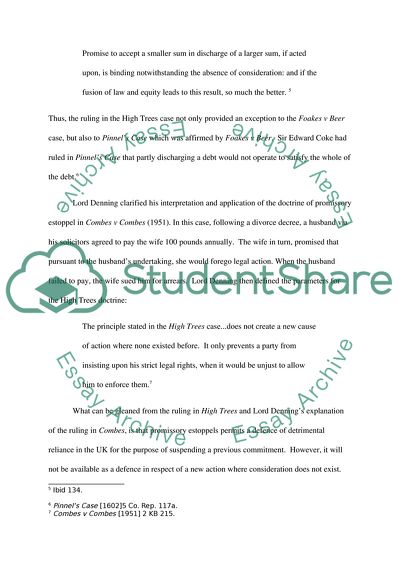Cite this document
(Significance of Central London Property Trust Ltd V High Trees House Assignment - 1, n.d.)
Significance of Central London Property Trust Ltd V High Trees House Assignment - 1. https://studentshare.org/law/1748054-business-and-the-law-promisory-estoppelcase-of-central-london-property-trust-ltd-v-high-trees-house-ltd-and-golfing-case-pollard-v-trude-2008-qca-421
Significance of Central London Property Trust Ltd V High Trees House Assignment - 1. https://studentshare.org/law/1748054-business-and-the-law-promisory-estoppelcase-of-central-london-property-trust-ltd-v-high-trees-house-ltd-and-golfing-case-pollard-v-trude-2008-qca-421
(Significance of Central London Property Trust Ltd V High Trees House Assignment - 1)
Significance of Central London Property Trust Ltd V High Trees House Assignment - 1. https://studentshare.org/law/1748054-business-and-the-law-promisory-estoppelcase-of-central-london-property-trust-ltd-v-high-trees-house-ltd-and-golfing-case-pollard-v-trude-2008-qca-421.
Significance of Central London Property Trust Ltd V High Trees House Assignment - 1. https://studentshare.org/law/1748054-business-and-the-law-promisory-estoppelcase-of-central-london-property-trust-ltd-v-high-trees-house-ltd-and-golfing-case-pollard-v-trude-2008-qca-421.
“Significance of Central London Property Trust Ltd V High Trees House Assignment - 1”. https://studentshare.org/law/1748054-business-and-the-law-promisory-estoppelcase-of-central-london-property-trust-ltd-v-high-trees-house-ltd-and-golfing-case-pollard-v-trude-2008-qca-421.


